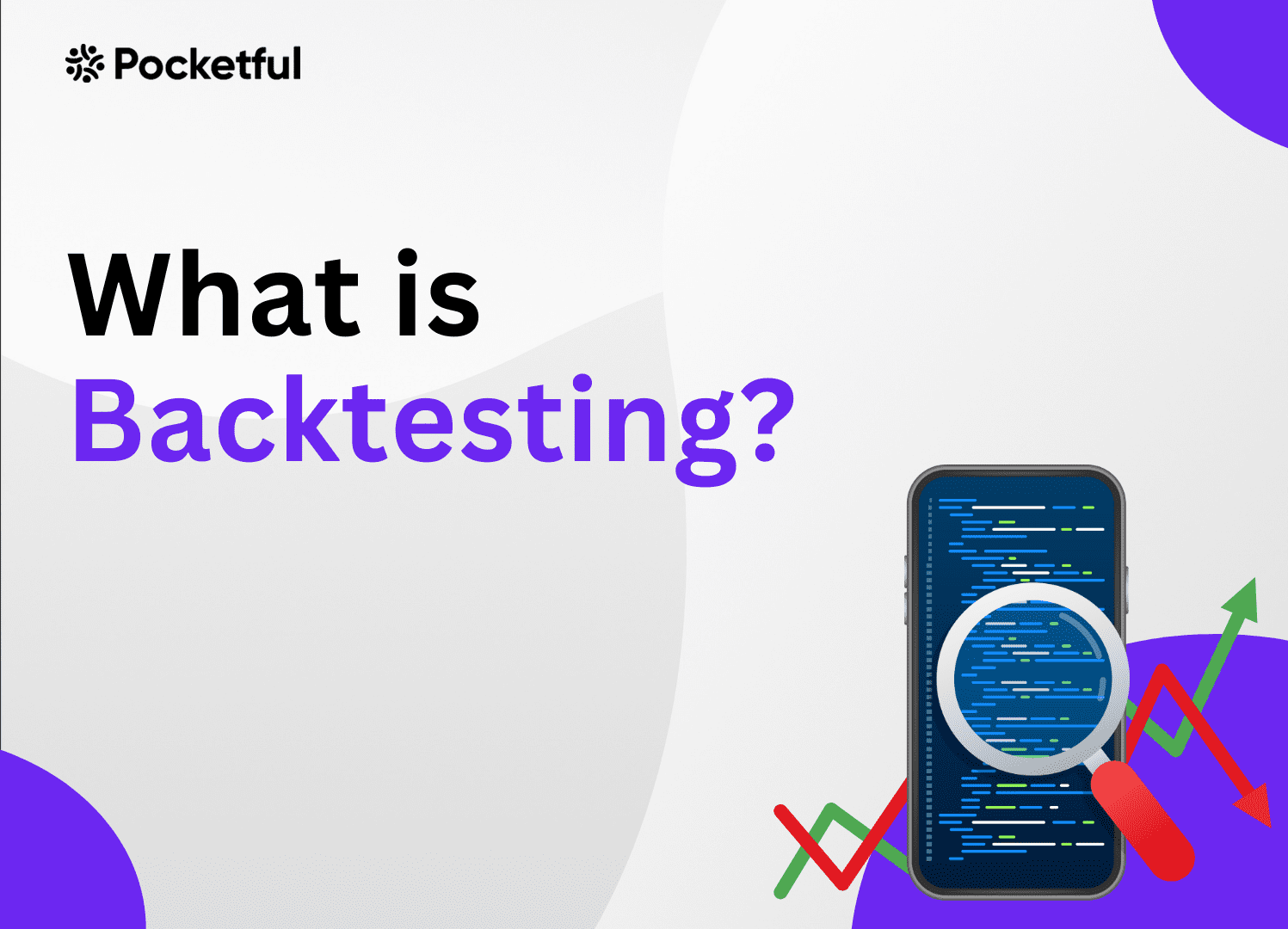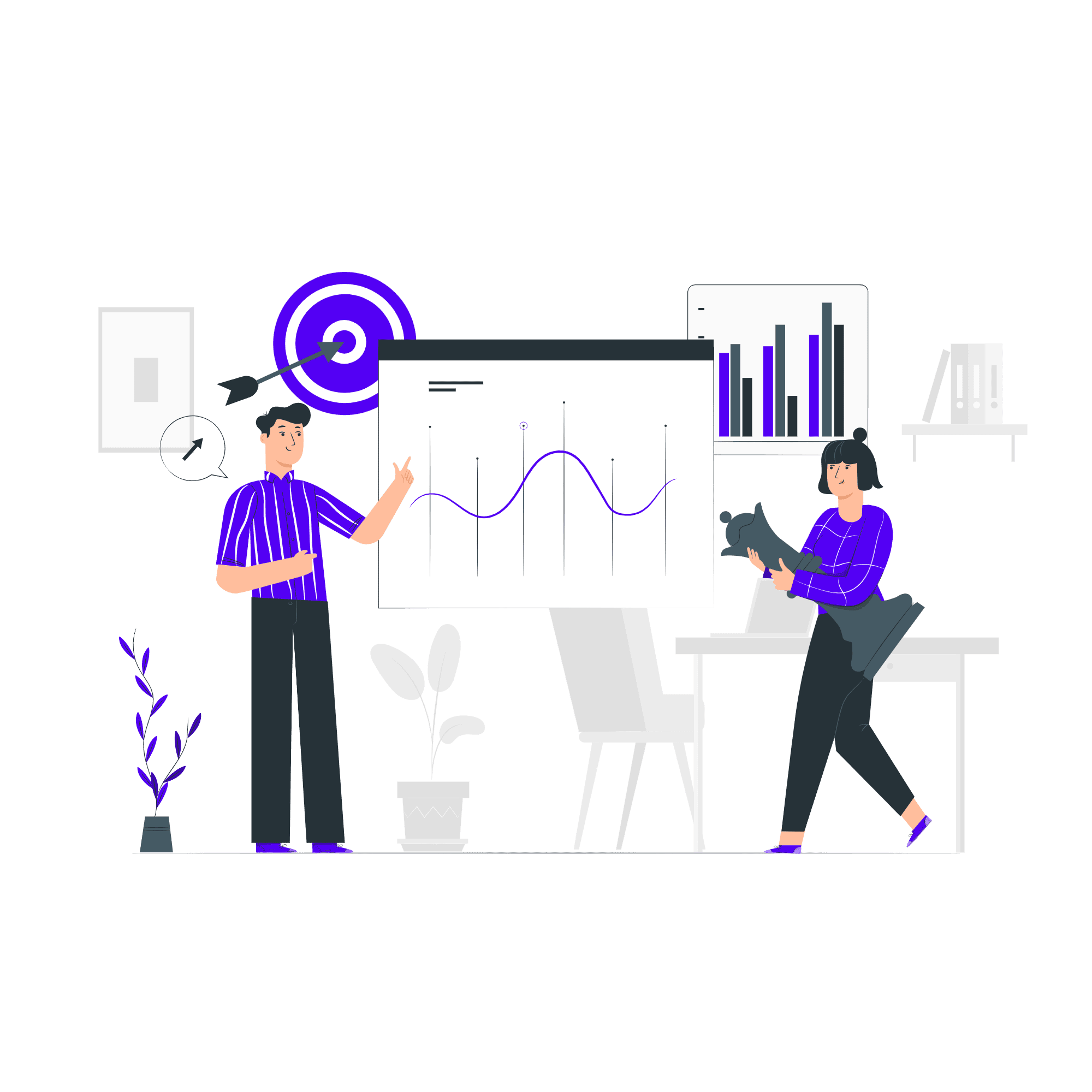| Type | Description | Contributor | Date |
|---|---|---|---|
| Post created | Pocketful Team | Jun-29-24 | |
| Add new links | Nisha | Mar-13-25 |
Read Next
- What is a Harami Candlestick Pattern?
- What is Average Traded Price in Stock Market
- What is MIS in Share Market?
- 7 Common Mistakes in Commodity Trading New Traders Must Avoid
- Brokerage Charges in India: Explained
- What is a BTST Trade?
- How to Do Algo Trading in India?
- What Is CMP in Stock Market?
- MTF Pledge vs Margin Pledge – Know the Differences
- Physical Settlement in Futures and Options
- List of Best Commodity ETFs in India
- Bullish Options Trading Strategies Explained for Beginners
- Best Brokers Offering Free Trading APIs in India
- Top Discount Brokers in India
- Best Charting Software for Trading in India
- Benefits of Intraday Trading
- What are Exchange Traded Derivatives?
- What is Margin Shortfall?
- What is Central Pivot Range (CPR) In Trading?
- Benefits of Algo Trading in India
Backtesting Meaning, Types, Working, Advantages and Disadvantages

Imagine a time machine for your trading strategies, allowing you to see how they might have performed in the real market based on historical data. Sounds intriguing? Let’s jump in.
In today’s blog, we will discuss the basics of backtesting and explore its advantages and limitations.
What is Backtesting?
Backtesting is a method that helps investors and analysts to use past data to make better decisions. It is a way to analyze how a trading strategy or model would have performed in the past using historical data. This process helps traders recognize an approach’s strengths, weaknesses, and risks before implementing it.
Backtesting allows you to assess how a strategy would have performed using historical data without risking real money. Enter your strategy parameters and historical data, like prices and volumes, into a reliable backtesting tool, and the tool simulates the buy and sell decisions of your trading strategy based on the data.
The results will showcase your strategy’s performance by giving a detailed overview of your profits, losses, and other key metrics. Backtesting results help you gauge the strategy’s usefulness and identify the areas of improvement.
How Backtesting Works?

Firstly, you should define your strategy. A clearly defined strategy is the blueprint for your trades and can involve fundamental analysis, technical indicators, or a combination of both. Decide the entry and exit points for the trades based on your selected strategy.
Secondly, collect the historical data. You will likely need the opening & closing price, highs & lows, and volume data of the asset you are interested in.
It is necessary to ensure that the data collected is correct, up-to-date, and covers various market variables. Reliable data can be sourced from online brokers and financial websites.
Many backtesting tools are available, from spreadsheets with code to advanced software platforms. Input the data into a backtesting tool, and it then simulates how your strategy would have made buy and sell decisions depending on the data point.
The backtesting tool will create performance reports for your trading strategy, including metrics like total profit & loss, risk-adjusted returns, win rate, drawdown, etc.
Need of Backtesting a Strategy

There are numerous compelling reasons to backtest a trading strategy before using real money, such as:
Risk Reduction: The financial markets can be unforgiving. Backtesting offers a secure opportunity for practice and improvement, giving the trader an idea of its potential risks and rewards before putting hard-earned money on the line.
Increased Confidence: Positive results can boost your confidence in your strategy. It gives you a sense of validation and helps you trade with a clearer mind and a more focused approach.
Performance Optimization: Backtesting lets you try out different parameters in your strategy. You can test multiple entry and exit points, explore different timeframes, and adjust indicators. Analyzing the results allows you to optimize your trading strategy for better performance.
Types of Backtesting

- Historical Backtesting: It is the most common type of backtesting where a trading strategy is tested using historical market data to observe how it would have performed in the past.
- Out-of-Sample Backtesting: In out-of-sample backtesting, you split the data into two parts: training and testing data. The strategy is first tested on the training data, and then its performance is evaluated on the testing data. This form of backtesting provides a more accurate picture of how the strategy might perform in different market scenarios.
- Walk Forward Analysis: Walk Forward Analysis is the more advanced form of backtesting, where the historical data is divided into multiple segments. Strategy parameters are optimized for every segment, and strategy is then evaluated for the next segment. This process is repeated in a rolling manner. This process helps reduce the overfitting issue and gives you an insight into how the strategy will adapt to changing market dynamics.
- Monte Carlo Simulation: This technique needs testing the strategy with several random market setups. It helps to evaluate how the strategy might function in different market conditions and unexpected events.
Advantages
- Backtesting uses real data to prove if the strategy works. It helps the traders recognize strategies that do not perform well. Backtesting saves time that otherwise would have been wasted on unprofitable approaches.
- It shows how a strategy performs in market conditions like bull, bear, and sideways markets.
- The technique allows you to experiment with several settings in your strategy. You can tweak parameters and test various timeframes to find the best fit for your strategy.
Disadvantages
- Just because a strategy worked well in the past does not mean it will continue to do so. Markets are dynamic; what worked yesterday might not work in the coming days.
- The accuracy of data depends heavily on the quality of your historical data. Ensure that the data is reliable and covers relevant timeframes. Any errors or gaps in data can twist the results and cause misleading conclusions.
- Backtesting does not consider transaction costs such as commissions, spreads, and slippage. These costs can affect the trader’s profit when trading in real life.
Read Also: What is Quantitative Trading?
Conclusion
Backtesting can be a fruitful method for any investor or trader since it helps them to test the waters of a strategy before putting in the real capital, identify its strengths and weaknesses, and refine their approach for better performance. However, remember that backtesting provides a glimpse into the past and does not guarantee the future.
Frequently Asked Questions (FAQs)
Why do we need to backtest our strategies?
Backtesting helps reduce risk by testing strategy using historical data and judging its profitability before risking real capital.
How can I avoid backtesting pitfalls?
Use high-quality data, consider transaction costs, and remember that it does not account for emotions.
Which tools can be used for backtesting?
Beginners can use spreadsheets (using formulas and historical data). Online brokers also offer basic backtesting features within their platforms. Intermediate and advanced traders can use platforms like TradingView, Algo Test, Trading Blox, etc.
Is backtesting a guarantee for success?
No, but it can help you refine your trading strategies.
What are the key metrics to consider in a backtest report?
A good backtest report provides total net profit, average win/loss, maximum drawdown, Sharpe ratio, win rate, etc.
Disclaimer
The securities, funds, and strategies discussed in this blog are provided for informational purposes only. They do not represent endorsements or recommendations. Investors should conduct their own research and seek professional advice before making any investment decisions.
Article History
Table of Contents
Toggle